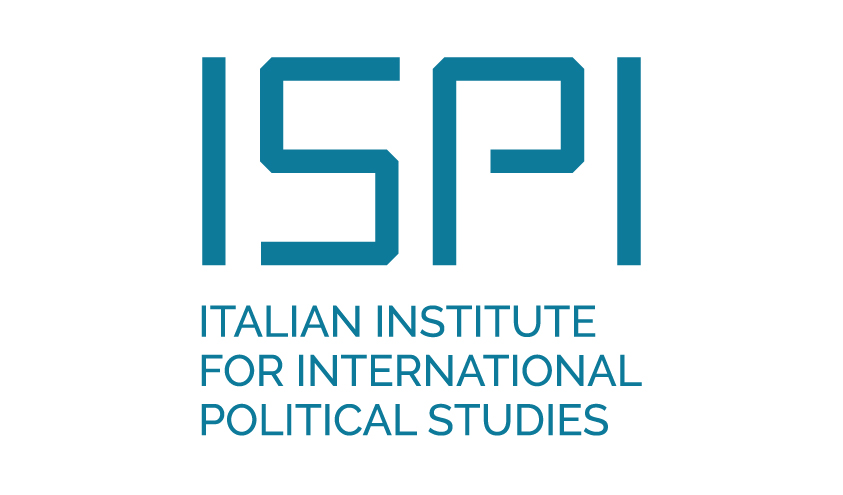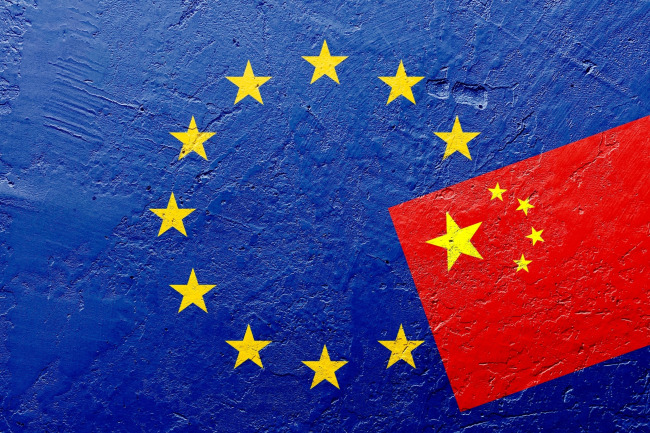Japan in South East Asia: Looking for a Balanced Indo-Pacific

South East Asia is an area of utmost importance for Japan’s economic, political and security interests, amounting to “a core strategic interest” for Tokyo.
Major economic partners, South East Asian countries are also regarded as key partners in promoting a stable, prosperous and rules-based regional order, the main objective of Japan’s Free and Open Indo-Pacific (FOIP) policy. ASEAN countries are indeed at the forefront of the Sino-US competition, and their ability to remain united and resilient in front of pressures will be crucial to determine the future regional balance of power.
Therefore, Tokyo has been stepping up a smart strategic engagement to South East Asia while mitigating China’s growing influence in the region through the promotion of alternative connectivity initiatives and new security engagements.
Economically, in response to Chinese Belt and Road Initiative (BRI), Japan has been boosting its already good record of infrastructure investments. The “Partnership for Quality Infrastructure” in 2015, and its expanded version in 2016, provide respectively US$110 billion and US$200 billion to connectivity projects, mainly in South East Asia. Data actually shows that Japan is still ahead of China in terms of infrastructure investment in the region. At the difference of Beijing that prioritizes North-South routes, Tokyo is promoting East-West connectivity schemes, thus helping to integrate the whole region.
This proactive strategy has also been designed to improve the business conditions for Japanese companies. More than 12,000 of them operate in the region, and Japan is ASEAN’s first source of direct investments. As Japanese firms move from a “China+1” to a “Thailand+1” strategy, diversifying their production bases, they also help forming new supply chains, supported by new infrastructures.
Strategically, Japan has been soft-balancing China by strengthening the resiliency of South-East Asian countries through maritime capacity-building activities and institutionalized strategic dialogues. Through a strategic use of its development assistance, Japan has been playing an important role in training and equipping the coastguards units of Indonesia, Philippines and Vietnam, thus enabling these countries to better monitor their maritime domain and mitigate power asymmetry in the South China Sea. The capacity building assistance program set up in 2012 by the Ministry of Defense and prioritizing South-East Asian partners is also focusing on the appropriation and implementation of maritime law. Under new legal provisions, Tokyo was also able to supply five second-hand TC-90 patrol aircraft to the Philippines, which used them to monitor Scarborough Shoal, a place of intense friction with China.
The full article is available on ISPI website.
Related centers and programs
Discover our other research centers and programsFind out more
Discover all our analyses
Opening up the G7 to South Korea to Address Contemporary Global Challenges
The G7’s global influence has diminished as powers like China reshape international governance through initiatives such as BRICS and the Shanghai Cooperation Organisation (SCO). With the G7 now representing just 10 per cent of the world’s population and 28 per cent of global GDP, its relevance is increasingly questioned.
Expanding SPDMM as a pivotal institution in the Pacific – A French perspective
The South Pacific Defence Ministers’ Meeting (SPDMM) is the only forum that brings together defense ministers from the wider South Pacific — including Chile, which is hosting it for the first time. This heterogeneous group of countries with varying resources, capacities, and interests — Australia, Chile, Fiji, France, New Zealand, Papua New Guinea (PNG), and Tonga — are united by their shared determination to strengthen cooperation on maritime security and humanitarian assistance and disaster relief (HADR) activities.
EU’s Derisking From China: A Daunting Task
With economic security as a major concern, the EU has recently turned to “derisking” from China. The EU strategy entails reducing critical dependencies and vulnerabilities, including in EU supply chains, and diversifying where necessary, while recognizing the importance and need to maintain open channels of communication.
Sri Lanka’s NPP Government. From System Change to Structural Compliance
In September 2024, a relative outsider to Sri Lanka’s two-party-dominated political system, Anura Kumara Dissanayake, won the presidential elections. The anti-establishment, populist movement he represented, the National People’s Power (NPP), went on to receive an overwhelming mandate in the November 2024 general elections, winning 159 seats in a 225-member parliament.












